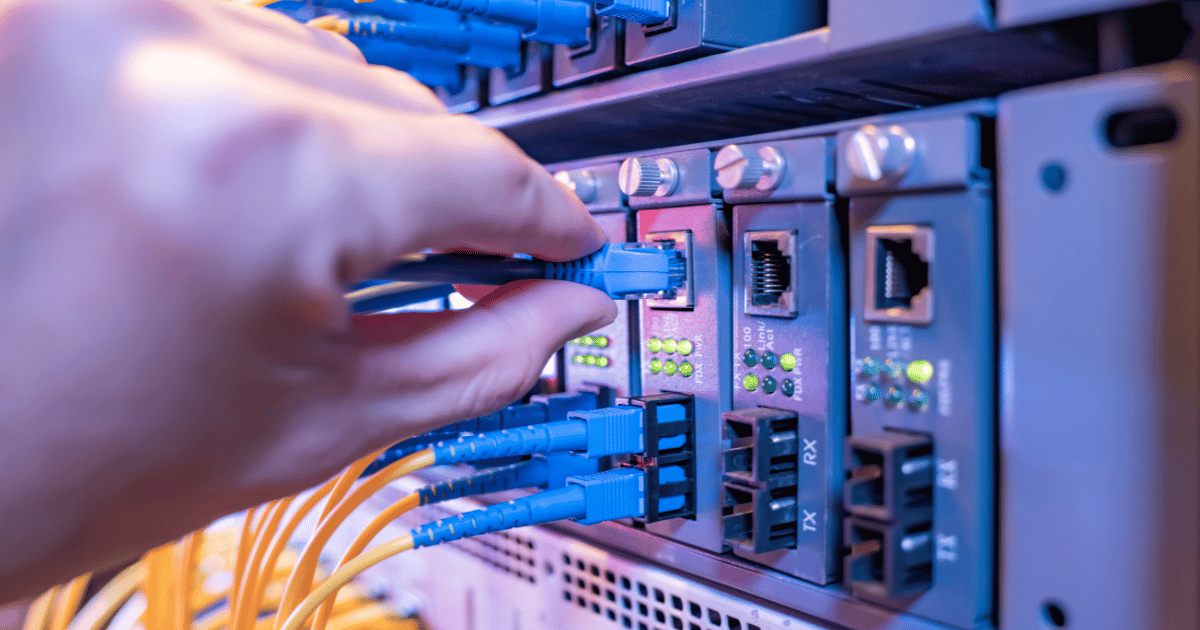The Importance of Regular Fiber Optic Network Maintenance

In today's digitally interconnected world, fiber optic networks serve as the backbone of communication infrastructure, enabling high-speed data transmission over vast distances. However, to ensure the seamless operation and reliability of these networks, regular maintenance is crucial.
Enhancing Reliability and Performance
Regular maintenance helps identify and address potential issues before they escalate into major problems. By conducting routine inspections, cleaning, and testing of fiber optic components, technicians can detect issues such as signal degradation, cable damage, or connector contamination. Timely intervention ensures that the network operates at optimal performance levels, minimizing downtime and disruptions to service.
Preventing Network Failures
Unplanned network outages can result in significant financial losses and damage to a company's reputation. Regular maintenance helps mitigate the risk of network failures by proactively addressing vulnerabilities and weak points in the infrastructure. By identifying and resolving issues early on, service providers can prevent costly downtime and maintain customer satisfaction.
Extending Equipment Lifespan
Fiber optic network components, such as cables, connectors, and transceivers, require proper care and maintenance to ensure longevity. Regular cleaning and inspection help prevent wear and tear, corrosion, and other forms of damage that can compromise the integrity of the equipment. By extending the lifespan of network components, businesses can reduce replacement costs and improve overall return on investment.
Ensuring Safety and Compliance
Maintaining a fiber optic network in optimal condition is essential for ensuring the safety of both technicians and end-users. Faulty or damaged components pose a safety hazard and can lead to accidents or injuries during installation or maintenance activities. Additionally, compliance with industry regulations and standards requires regular inspection and maintenance of fiber optic networks to meet performance and safety requirements.
Optimizing Network Efficiency
Efficient network operation relies on the seamless integration of various components and systems. Regular maintenance helps identify areas where optimization is needed, such as upgrading outdated equipment or reconfiguring network layouts for better performance. By implementing continuous improvements based on maintenance insights, businesses can optimize network efficiency and adapt to evolving technological requirements.
Minimizing Costs and Downtime
Proactive maintenance practices can significantly reduce the overall cost of network ownership by preventing costly repairs and downtime. By investing in regular maintenance, businesses can avoid the expenses associated with emergency repairs, equipment replacements, and lost productivity due to network outages. Additionally, scheduled maintenance allows for better budgeting and resource allocation, minimizing unexpected expenses.
In conclusion, fiber optic network maintenance is a critical aspect of ensuring the reliability, performance, and safety of communication infrastructure. By prioritizing regular maintenance activities, businesses and service providers can enhance network reliability, prevent failures, extend equipment lifespan, ensure compliance, optimize efficiency, and minimize costs. Investing in proactive maintenance is essential for maintaining a competitive edge in today's fast-paced digital landscape.


